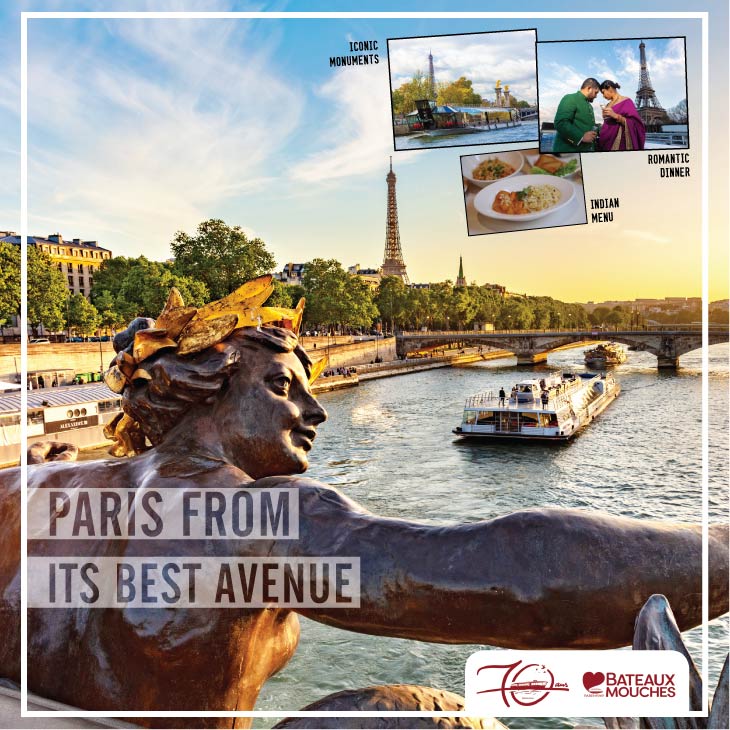
GCC countries, too, are known for their quintessential cuisines, which represent a significant part of local food consumption
One would be hard pressed to find a city or a region which does not boast of its own and unique street food culture. Catering to locals as much visitors, the street food spots are ideal places for tourists to not only get a bite of the local cuisine but also understand the local culture through the street food.
The GCC countries, too, are known for their quintessential cuisines, which represent a significant part of local food consumption.
1. Thareed
‘Thareed’, that refers to a large earthenware bowl, is a popular dish in the region and can loosely be called meat stew. The dish has multiple different names such as Trid, Taghrib or Tashreeb. It holds a special place in the GCC culture as it is believed to date back to the times of the Prophet and thus is also one of the main dishes served during the holy month of Ramadan.
Thareed is a stew consisting of lamb and vegetables that have been slowly simmered in a spiced tomato-based broth. People can either stick to the original recipe or use vegetables like parsnips, carrots, okra, pumpkin and gourd and use their preferred Middle Eastern spice mix.
Once the stew is ready, pieces of thin flatbread known as khubz are added which then soak up the flavoursome broth. The moist and flavoured bread along with the warm broth is comforting and delicious which makes it a perfect street food item for visitors. For vegetarians or vegans, the meat is replaced with jackfruit. A balanced meal of carbohydrates, starch, fibre and proteins with the added savour of its spices, Thareed gives the food enthusiast the best of both worlds.
Besides, being a street food, it is also a perfect meal to be enjoyed at the dinner table. It is very popular in Saudi Arabia.
2. Shawarma
Derived from the Arabic pronunciation of the Turkish word ‘çevirme’ that means ‘to turn’, shawarma is a heavenly Middle Eastern meat treat dish that dates back to the Ottoman era.
Marinated thin slices of boneless meat like chicken, beef, turkey or lamb are stacked one upon the other assuming the shape of a cone. This authentic street dish is then grilled on a rotating skewer under medium heat and slowly cooks in its spices and juices making it a flavoured and popular street food item. The juices dripping from the meat aren’t wasted at all as pita bread comes to its rescue. The outer layer of the cooked meat stack is slowly shaved off and along with its juices, rolled up into pita bread.
The dish is then topped with different condiments like hummus, tahini, pickles, flavoured vegetables and even French fries. Food enthusiasts can get a little adventurous by mixing different sauces, meats and condiments and can also customize the flavours of this delicacy according to their preferences.
Another reason for shawarma to become a well loved street food is its convenient consumption. One can travel and witness the scenic beauty of the beautiful countries while relishing their favourite street delicacy. It is popular not just in the GCC nations, but indeed across the entire Middle East and North Africa.

One can travel and witness the scenic beauty of the GCC nations while relishing their favourite street delicacies
3. Machboos
Machboos or kabsa is derived from the Arabic word meaning pressed. It is similar to biryani from India but with varying cooking methods, ingredients, degree of spiciness, and assembly.
This scrumptious traditional speciality features a symphony of spices including ginger, turmeric, cardamom, cinnamon, pepper and cloves. With layers of meat like mutton or chicken, all submerged in a bed of slow-cooked long-grain basmati rice, machboos explodes as a flavour bomb with a delicate texture. It is frequently garnished with fried onions, raisins, and spilt chickpeas. It is best served with the street famous tomato-based gravy which is cooked with garlic and cilantro and is termed as dakkus or dakoos. It is believed by the local population that the rice needs to be perfectly cooked for it to be called a “good machboos”.
It is prepared in all kinds of ways throughout the Gulf with slight variation but the three components which remain constant are meat, rice and spices.
It is a complete meal and one can preferably enjoy eating it during lunch and dinner. Machboos is the national delicacy of Qatar, Bahrain, and Kuwait. It is also very popular in Saudi Arabia and the UAE.
4. Fatayer
Fatayer also known as ‘fitiir’ is a meat pie that is very popular across the region. It consists of pies with flavoured fillings within a light textured crust. The fillings vary from spinach and cheese to meat, but can come with various other customised versions. One can also get the option of choosing the dough preparation between short-crust pastry, puff pastry or pizza dough. The shapes differ from triangles to boats and even pastry pies. The most popular ones that can be found in local bakeries and street shops are those filled with spinach and meat.
With no compulsion on the type of filling that goes inside, one can enjoy it as breakfast, lunch or maybe brunch which is usually served with warm mint tea. It is mainly popular in the UAE and Lebanon.
5. Harees
With various alternative names such as Jareesh, Hareesa, Haleem and Arizah, it is a traditional Omani food dating back to the Armenian ages and is documented in manuscripts that were inscribed in the 10th century.
It is a dish made by crushing the boiled, cracked and coarsely ground wheat and mixing it with meat and various seasonings. The consistency of this dish varies between a porridge and a thick soup and it is consumed as a “comfort food”, especially during winters in Kuwait. The appearance is that of a thick soup usually with meats like chicken or mutton, garnished with cinnamon sugar.
This textual mix can act as a barrier for those who are picky about their food choices; however, the flavour and authenticity of this dish will surprise many once they realise how scrumptious and filling it is. Different Arab cultures have different variations of this dish. Omanis love their Harees with chicken, dry fruits, and barista whereas Emiratis and Qataris prefer it raw with meat and olive oil. Asians on the other hand prefer it a bit spicy while Arabs prefer it light and hearty.
People mostly consume it during Ramadan, whether for suhoor or iftar. Additionally, it is popular with those who are planning to lose weight or are diet conscious will love it since it is a healthy and delicious dish.
6. Luqaimat
Want to end your meal with something sweet, crisps and delicious? Try cute little Luqaimat. A traditional GCC dessert that is a favourite among the residents and the tourist. It is originally from Saudi Arabia meaning “small bites”. Luqaimat is most consumed in the Holy month of Ramadan. However, because of its popularity, some restaurants and street vendors tend to offer it throughout the year.
It consists of crispy deep-fried balls prepared from the yeast-leavened dough. Once bitten, a crunchy exterior and a soft & chewy interior melt in the mouth and leave a sweet aftertaste of fulfilment. A plate of this delicacy would consist of several balls served with many condiments such as dates, honey syrup or chocolate sauce. It is best to serve these mouthwatering golden balls of flavour and texture warm and crispy. It is especially popular in Saudi Arabia and the UAE.





















